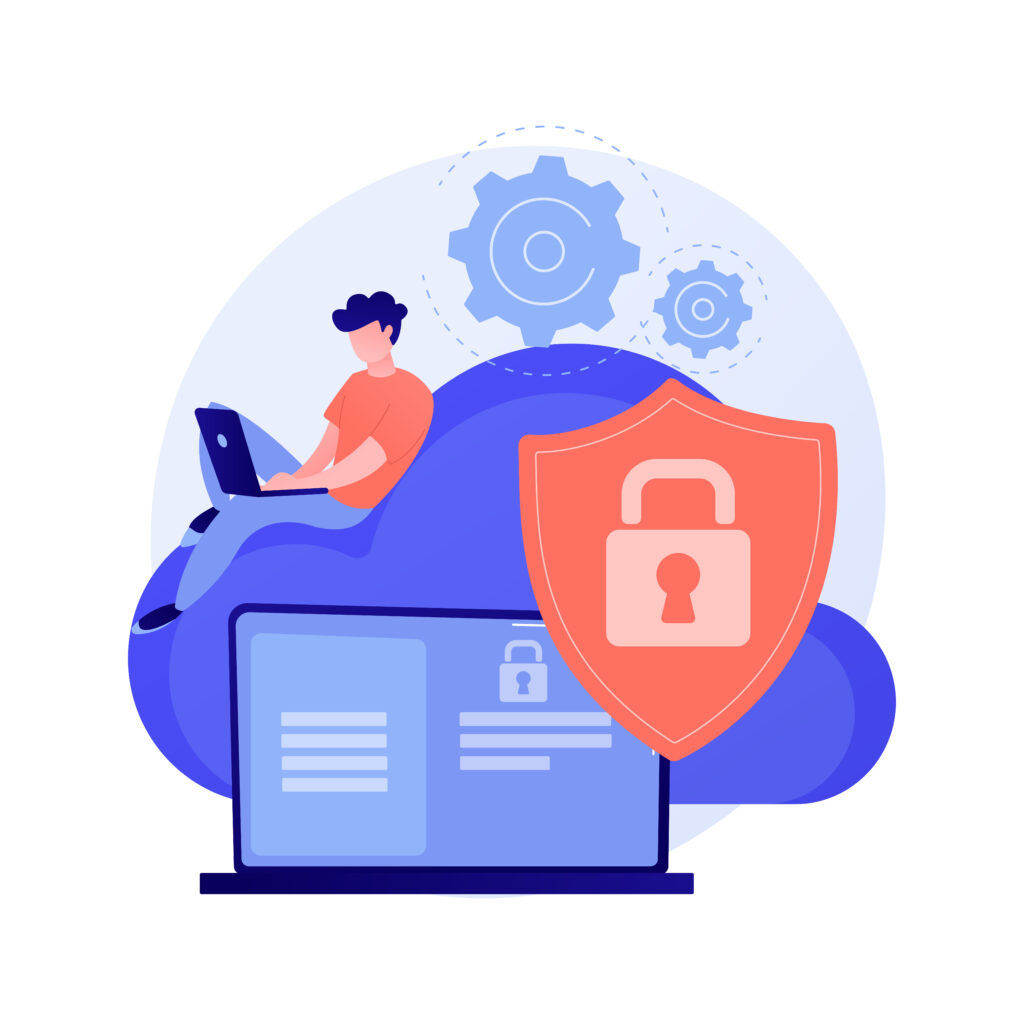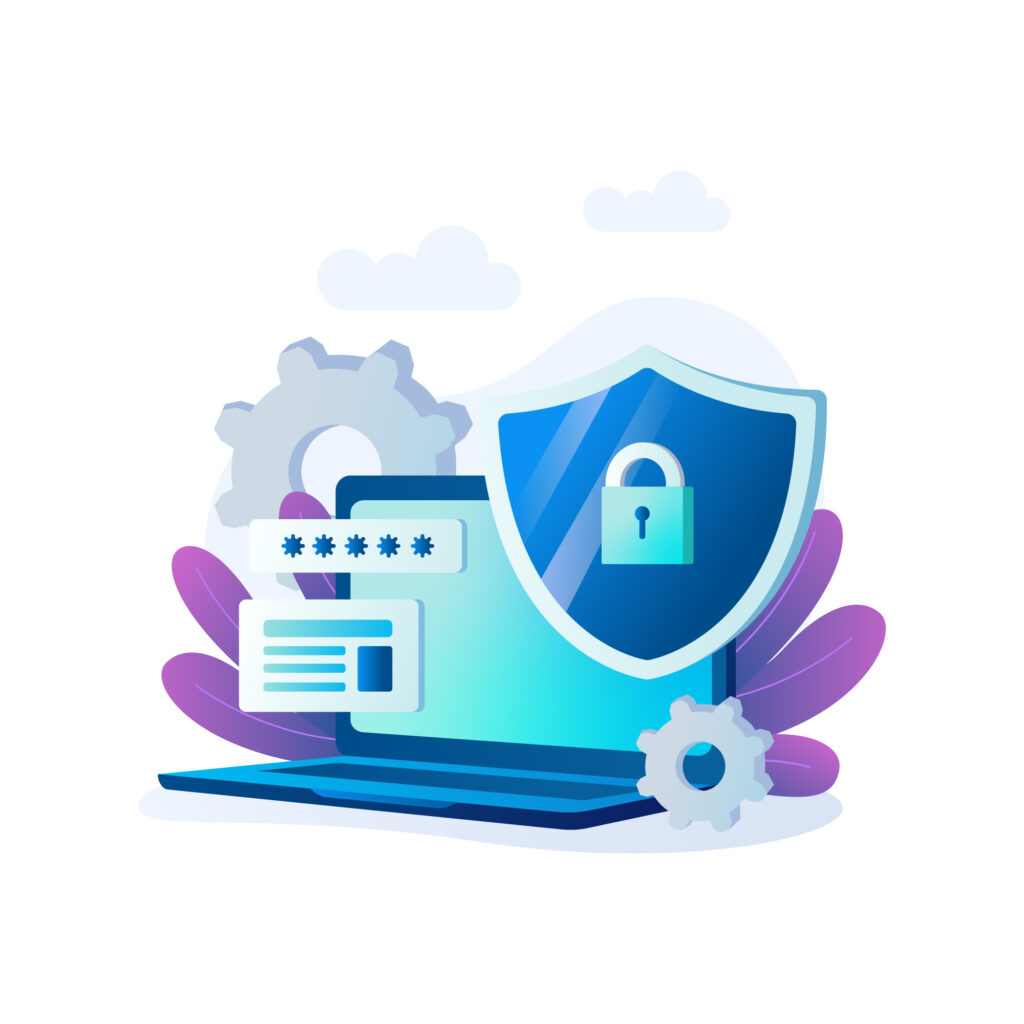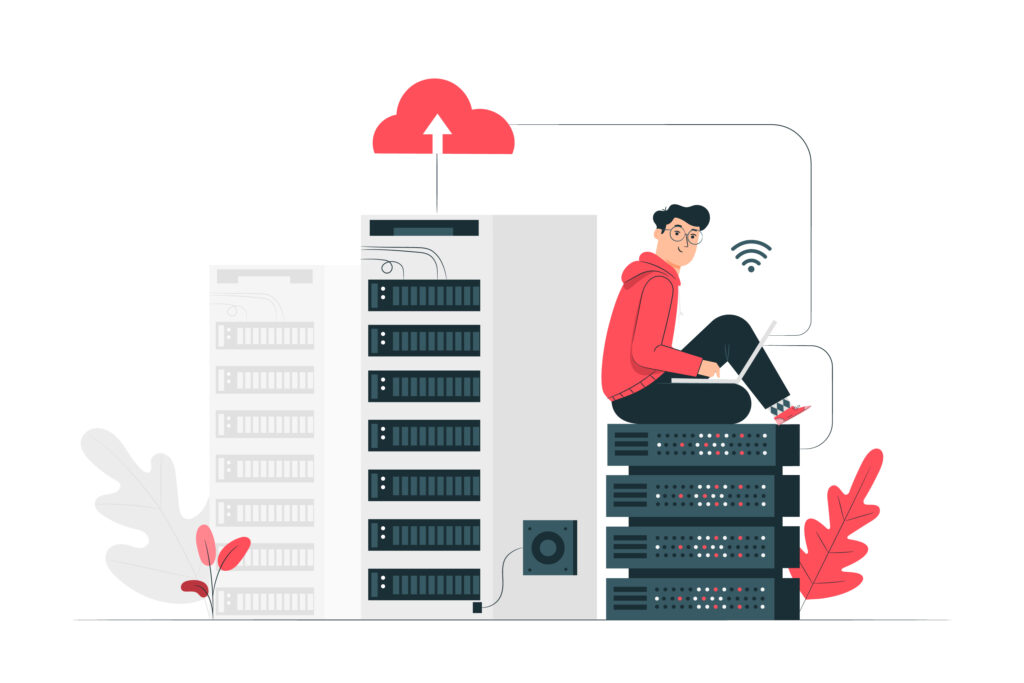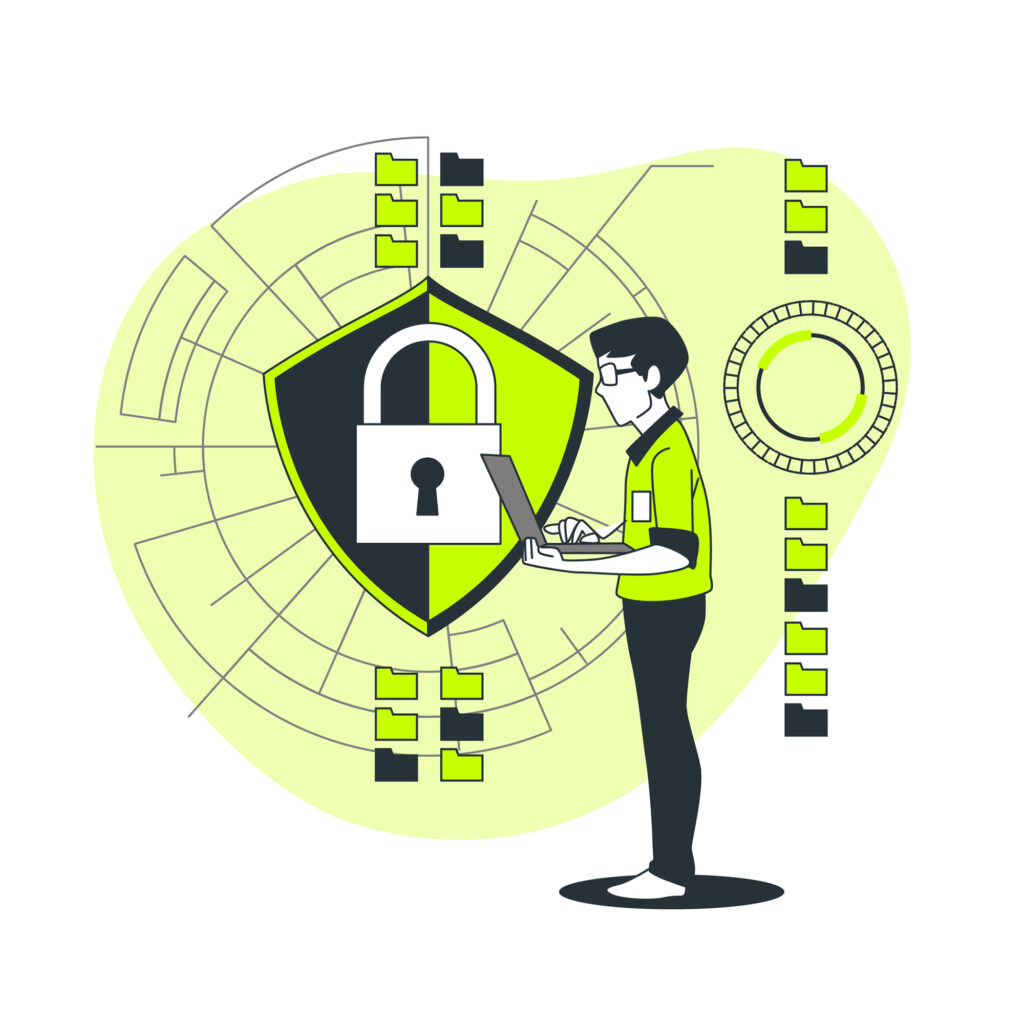Why Look for WordPress Security Best Practices?
WordPress security encompasses the strategies and practices put in place to safeguard WordPress websites against cyber threats, vulnerabilities, and attacks. As one of the most popular content management systems (CMS) worldwide, WordPress is a significant target for hackers and malicious actors.

Implementing strong security measures is crucial for protecting sensitive information, ensuring the website operates smoothly, and maintaining the reputation of individuals and businesses that depend on this platform.
Importance Of WordPress Security Best Practices
The significance of WordPress security lies in several key areas:
Data Protection
Safeguarding sensitive information is crucial. Many WordPress sites manage personal data, payment information, and confidential content. A security breach can lead to data theft, resulting in financial losses and potential legal consequences. Adhering to data protection regulations is vital, as failure to secure user data may result in substantial penalties.
Safeguarding Business Reputation
A compromised website can severely harm a business’s reputation. If visitors encounter security warnings or malware, they are likely to lose confidence in the brand. In contrast, a secure website boosts credibility and professionalism, positively influencing customer perceptions.
Search Engine Ranking
Search engines like Google favor secure websites in their rankings. Sites equipped with SSL certificates and strong security measures are prioritized in search results, while insecure sites may suffer from reduced visibility or be flagged as harmful, leading to decreased traffic.
Legal and Regulatory Compliance

Various laws govern data protection and privacy, such as GDPR in Europe. Non-compliance can lead to fines and legal complications. Ensuring your WordPress site is secure helps fulfill these regulatory obligations.
Resource and Time Savings
Recovering from a security breach can be resource-intensive and time-consuming, involving the identification of vulnerabilities, damage mitigation, data restoration, and security enhancements. By investing in proactive security measures, you can avoid the costs associated with recovery efforts.
Protection Against Evolving Threats
Cyber threats continuously evolve, with attackers developing new methods to exploit vulnerabilities. Regular updates to WordPress core files, themes, and plugins are essential for defending against emerging threats. Keeping your site updated helps close security gaps that could be exploited by attackers.
Maintaining User Trust
For websites requiring user registration or transactions, trust is essential. Users need assurance that their information is secure when interacting with your site.
WordPress Security Best Practices

1: Keep Everything Updated
Regularly updating the WordPress core, themes, and plugins is one of the most effective security measures. Updates typically include security patches that address vulnerabilities found in earlier versions.
Ignoring updates can leave websites vulnerable to attacks that exploit these weaknesses. Many WordPress sites run outdated versions, increasing their susceptibility to cyber threats. Thus, staying current with updates is essential for protecting your site from potential exploits.
2: Use Strong Passwords
Creating complex passwords for all accounts associated with your site is vital for maintaining security. Strong passwords should be at least 12 characters long and contain a mix of uppercase letters, lowercase letters, numbers, and special characters. This complexity helps defend against brute force attacks, where attackers try numerous password combinations to gain access.
Additionally, using a password manager can simplify generating and securely storing these passwords, allowing you to maintain unique passwords across different accounts.
3: Enable Two-Factor Authentication (2FA)
Implementing 2FA adds an extra layer of security during login processes. With 2FA enabled, users must provide a second form of verification—such as a code sent via SMS or generated by an authentication app—alongside their password.
This significantly reduces the risk of unauthorized access because even if a password is compromised, the attacker would still need the second factor to gain entry. Many WordPress security plugins support 2FA, making implementation easier.
4: Install a Reputable Security Plugin
Using comprehensive security plugins like Wordfence or Sucuri can greatly enhance your site’s protection. These plugins offer features such as malware scanning, firewall protection, and monitoring for suspicious activity.

They can automate many security tasks, including regular scans and alerts for potential threats. Centralizing your security efforts within a single plugin simplifies management and improves overall site safety.
5: Limit Login Attempts
Restricting the number of failed login attempts is crucial in thwarting brute force attacks. Attackers often try multiple password combinations to gain access; limiting login attempts helps mitigate this risk by blocking IP addresses after several unsuccessful tries. This measure prevents unauthorized access attempts and protects your site from common attack vectors.
6: Change the Default Admin Username
Using “admin” as your username is common and makes it easier for attackers to guess login credentials. Instead, creating a unique username for your admin account complicates efforts for potential intruders attempting to gain access through brute force attacks. This simple change can significantly enhance your site’s security posture by making it less predictable.
7: Modify the Login URL
Changing the default login URL from /wp-admin or /wp-login.php to something less predictable can obscure access points for potential attackers. This makes it harder for them to target your login page directly and can reduce automated attacks that rely on these common URLs.
8: Backup Regularly

Conducting regular backups of your website’s files and database is essential for recovery in case of a breach or data loss. Automated backup solutions ensure that backups are performed consistently without manual intervention, providing peace of mind that your data can be restored quickly if needed. Storing backups in multiple locations (e.g., cloud storage) further safeguards against data loss.
9: Disable File Editing
By default, WordPress allows administrators to edit theme and plugin files directly through the dashboard. Disabling this feature prevents unauthorized changes if an attacker gains access to your admin account, protecting critical files from being altered maliciously.
10: Secure Your wp-config.php File
The wp-config.php file contains sensitive information about your website’s configuration and database credentials. Setting strict permissions on this file restricts access and prevents unauthorized modifications.
Additionally, consider moving this file one directory up from the web root if possible to further enhance its security.
11: Implement a Web Application Firewall (WAF)

A WAF acts as a barrier between your website and incoming traffic, filtering out malicious requests before they reach your server. It can block common attack vectors like SQL injections and cross-site scripting (XSS). Using a WAF significantly enhances your site’s defense against various cyber threats by preventing harmful traffic from reaching your site.
12: Remove Unused Themes and Plugins
Keeping unused themes and plugins on your site increases its vulnerability surface area since outdated or inactive software may contain unpatched vulnerabilities that attackers can exploit. Regularly reviewing and removing any themes or plugins that are no longer in use helps reduce potential entry points for attackers.
13: Monitor User Activity
Tracking user activity on your site helps identify suspicious behavior or unauthorized access attempts early on by providing valuable insights into login patterns and changes made by users. Many security plugins offer logging features that allow you to monitor logins and modifications effectively.
[Want to learn more about wordpress security best practices? Click here to reach us.]
Conclusion
In conclusion, implementing robust security practices for your WordPress site is essential to safeguard against the ever-evolving landscape of cyber threats. By prioritizing regular updates, utilizing strong passwords, enabling two-factor authentication, and employing reputable security plugins, you can significantly enhance your site’s defenses. Additionally, limiting user permissions, monitoring activity, and conducting regular backups are crucial steps in maintaining a secure environment.
For those seeking expert assistance, Bobcares offers comprehensive WordPress support services tailored to meet your needs. With 24/7 emergency support, regular site monitoring, and proactive maintenance, their experienced team ensures that your website remains secure and performs optimally. By using Bobcares expertise, you can focus on creating valuable content and engaging with your audience while they handle the complexities of WordPress security. Ultimately, a secure WordPress site allows you to operate with confidence, knowing that both your data and your users are protected.







0 Comments